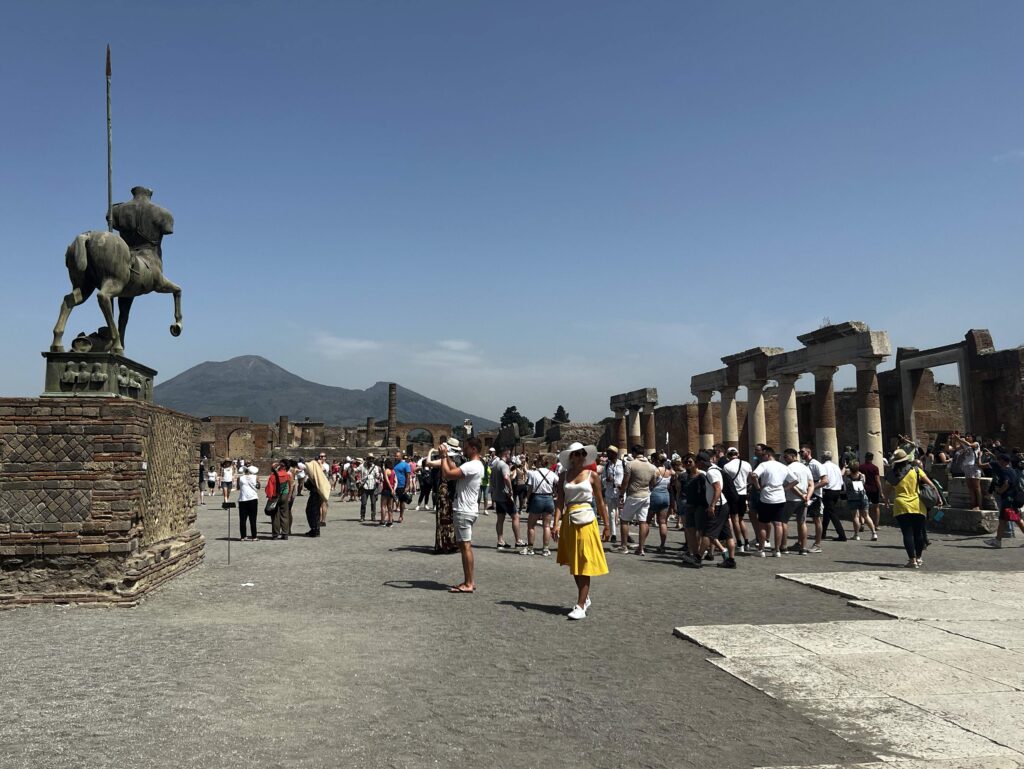When I first came to Tokyo in the mid 1980s, I stayed with a friend in a tiny tatami flat within walking distance of Shibuya Station. The Shibuya neighborhood was an interesting mix back then, with a nightlife scene appealing to both students and those with prurient interests, seedy business hotels, love hotels that offered rooms by the hour, some of Tokyo’s best shopping, and many of its most affordable restaurants. Since then, of course, it’s inevitable that Tokyo’s Shibuya neighborhood is growing up, both figuratively and literally.

A major commuter hub
Located on the southwestern end of the JR Yamanote Line loop that encircles central Tokyo, Shibuya is one of the city’s most important commuter hubs, with as many as 3 million passengers passing through on weekdays. Subway lines and private railway companies provide access to other parts of the city, the outer suburbs and cities like Yokohama. That alone accounts for many of the people who pour out of Shibuya Station into the surrounding neighborhood for shopping, dining, and entertainment. But in recent years, Shibuya has also become a destination in its own right for both domestic and international visitors.
Japan’s most famous dog

For years, Shibuya was famous throughout Japan mostly because of a dog. Hachiko, an Akita born almost a century ago, lives on in the hearts of Japanese everywhere for his steadfast loyalty to his master. Every day, Hachiko would wait at Shibuya Station for his owner, a professor at Tokyo Imperial University, to come home from work. Even when his owner died unexpectedly and didn’t come home one day, Hachiko continued to show up at Shibuya Station for the next nine years, waiting for his master’s return. After the dog’s death, a bronze statue of Hachiko was erected outside Shibuya Station, where it remains the neighborhood’s most popular waiting place for friends meeting up in Shibuya. Hachiko stuffed remains is on view at the National Science Museum of Japan in Ueno.
Shibuya Scramble
Nowadays, Hachiko has serious competition because of a 2003 movie, Lost in Translation. One of the movie’s most famous scenes is of an intersection, where hordes of pedestrians cross and converge from all directions when the lights change. Formerly referred to as Shibuya Crossing but now known as Shibuya Scramble, it attracts visitors from all over the world, who come to capture up to 1,000 people crossing the intersection for Instagram, YouTube, and selfies. Even Queer Eye featured the Fab Five crossing Shibuya Scramble during its recent season filmed in Tokyo. Apparently, no trip to Tokyo would be complete with seeing Shibuya Scramble.

Tokyo’s Shibuya neighborhood is growing up
One of the first visual signs that Shibuya is growing up both literally and figuratively was the 2012 opening of Hikarie, a 34-story complex across from the station. Developed by Tokyu Corporation (one of the dominant players in Shibuya for railways, hotels, and stores) to attract an older commuter crowd, it offers shopping (including a new Tokyu department store), restaurants, a 2,000-seat theater showcasing Broadway musicals, and a gallery for artists and artisans from around Japan, in addition to the usual office rentals.

One of the biggest—and most frustrating—developments is the ongoing renovation of Shibuya Station, with an expected completion by 2027. Although the aging station was in need of a facelift, trying to navigate the construction and relocated transportation platforms is not unlike navigating the maze that is Tokyo.
Shibuya’s rejuvenation also includes new skyscrapers, department stores, and even higher and better views of Shibuya Scramble. The 47-story Shibuya Scramble Square building offers a rooftop observatory of that iconic intersection, restaurants, shops, and offices. Shibuya Stream, new headquarters for Google Japan, cements Shibuya’s reputation as a center for the IT industry. Parco, long an established department store in Shibuya, has reopened after a two-year makeover, with a hip basement food floor, luxury designer shops, Japan’s first Nintendo store, a Pokemon Center, and a rooftop park.
Otherwise, long-standing players in Shibuya include the 109 department stores for men and women, which have been setting youthful trends for 40 years, and Tokyu Hands for the homeowner and hobbyist, carrying everything from picnic and office supplies to luggage, cool cosmetics, housewares, and more.

Strangely, one thing Tokyo’s Shibuya neighborhoodhas mostly lacked given its popularity and location is hotels. Several hip accommodations have opened in recent years, including Trunk Hotel, hotel koe Tokyo, and Shibuya Tokyu Rei Hotel. But the most popular among Japanese has long been the Cerulean Tower Tokyo Hotel, built in 2001 and offering a wide range of restaurants, one of Tokyo’s most respected jazz venues, and even a Noh theater.
You can read more about the Cerulean in my Cerulean Tower Tokyu Hotel Review in Global Traveler. My other Tokyo hotel reviews include those on Hoshinoya Tokyo and Prince Gallery Tokyo Kioicho. For more on Tokyo, see my article published in JAL’s Skyward magazine and Tokyo’s Best Traditional Gardens in gardendestinations.com.





